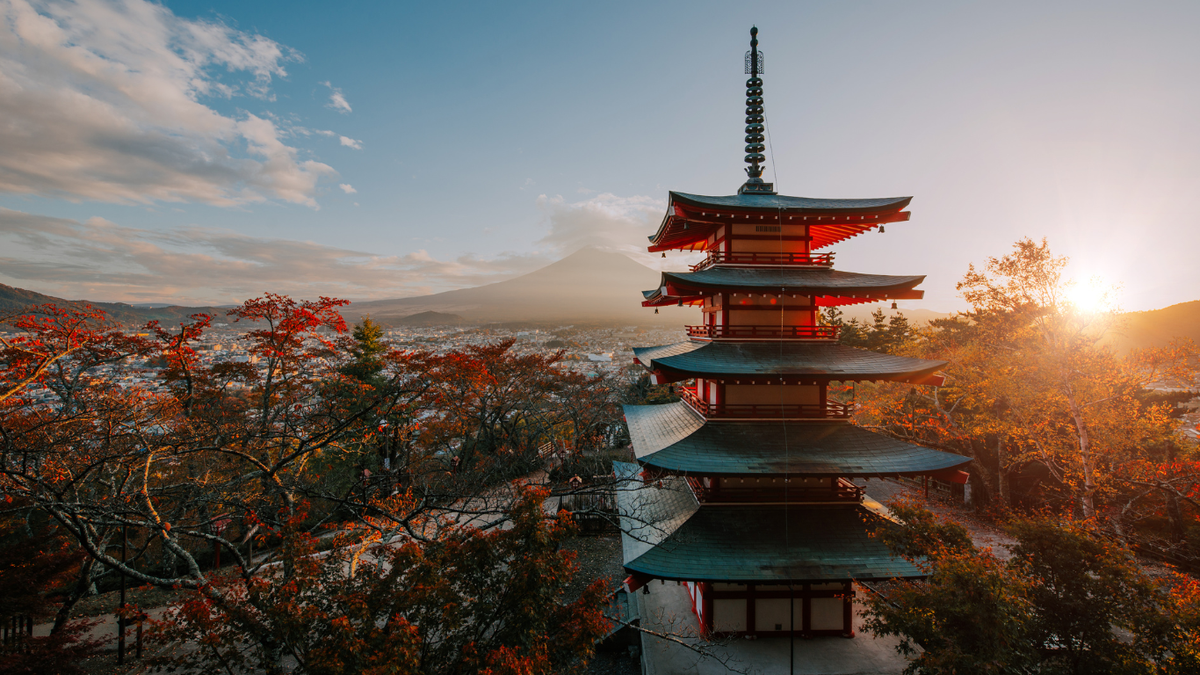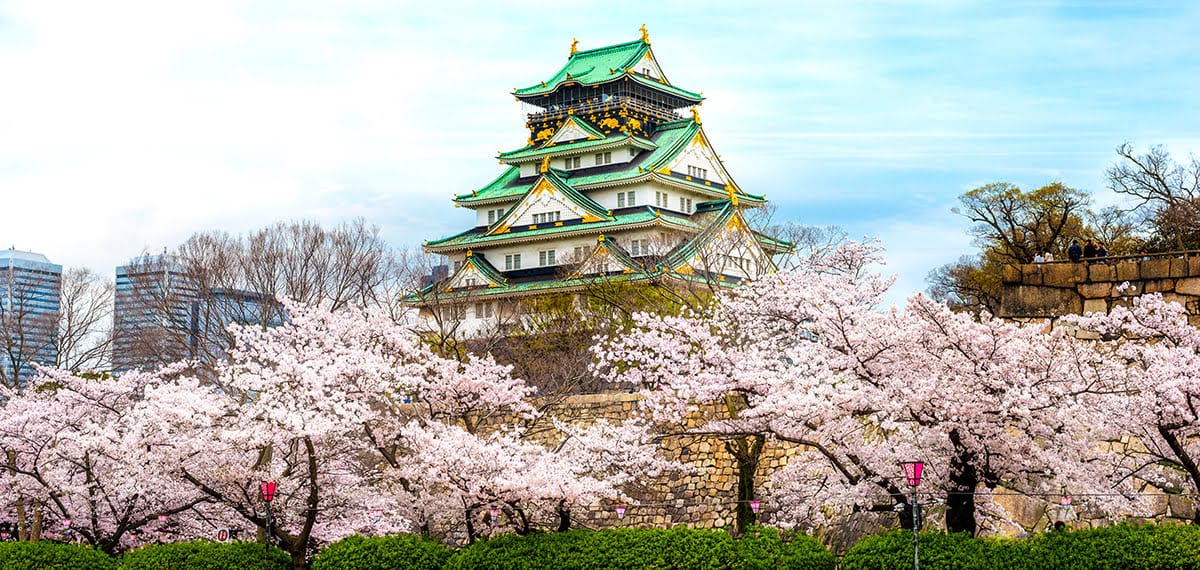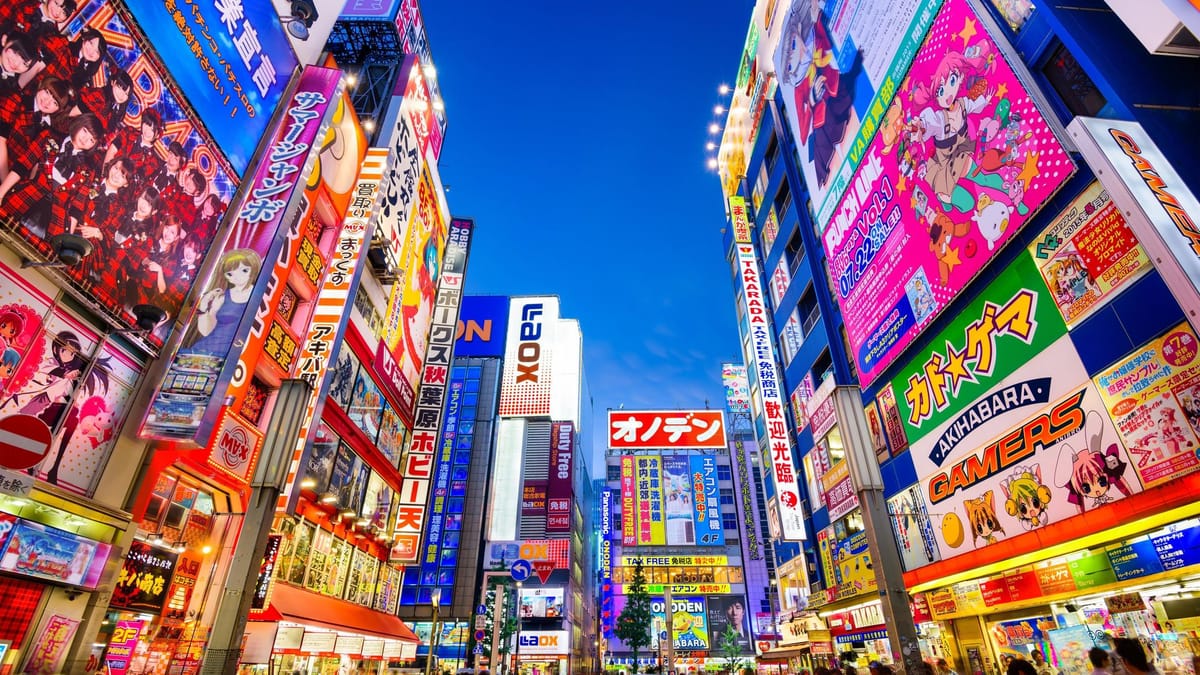Cheapest and Most Expensive Times To Visit Japan
Japan is cheapest to visit during quieter off-peak windows like mid-January to early March, June, and late November to early December—while cherry blossom season, Golden Week, and Obon are the priciest for hotels and crowds.

Japan travel costs can swing a lot depending on when you go. The same Tokyo hotel that feels “reasonable” in winter can jump dramatically during cherry blossom season, and Kyoto can feel completely different during Golden Week when demand peaks and rooms sell out fast. If you’re trying to save money (or just avoid the biggest crowds), timing matters.
In this guide, we’ll break down the most expensive and cheapest times to visit Japan—including the specific seasons and holiday windows that typically drive prices up, plus the best value periods when you can still have an amazing trip without paying peak-season rates.
Most Expensive Time to Visit Japan
The most expensive time to visit Japan is during peak-demand periods when the country’s biggest seasonal draws and holidays collide. Expect higher hotel rates, faster sellouts in top neighborhoods, and heavier crowds at major attractions—especially in Tokyo, Kyoto, and Osaka.
Cherry Blossom Season (Late March to April)
Japan’s most famous travel season is also one of the priciest. Hotels near prime sakura areas book quickly and rates jump as peak bloom approaches.
- Highest costs: central Tokyo + Kyoto, especially near major parks and scenic districts
- What gets expensive fastest: well-located hotels, traditional ryokan, weekend stays
Golden Week (Late April to Early May)
Golden Week is one of Japan’s busiest domestic travel periods, driving up accommodation costs nationwide.
- Highest costs: major cities + popular day-trip bases (Kyoto, Tokyo, Osaka)
- What to expect: limited hotel inventory and crowded sightseeing hubs
Obon Festival (Mid-August)
Obon creates a nationwide travel rush that pushes up hotel demand and tightens availability in many regions.
- Highest costs: cities and transit-friendly hubs where occupancy spikes
- What to expect: fewer lodging options and higher nightly rates during the week
Not A Member? ✈️
Save 40%-95% with Jetsetter Alerts - Airline Mistake Fare & Flash Sales Alerts!
Cheapest Time to Visit Japan
The cheapest time to visit Japan is typically during off-peak windows when travel demand drops between major holidays and seasonal rushes. These periods usually bring lower hotel prices, more lodging choices, and shorter lines at popular attractions.
Winter (Mid-January to Early March)
After New Year, Japan enters one of its most reliable value seasons.
- Best for: cheaper hotels in big cities, fewer crowds, hot springs, museums
- Why it’s cheaper: demand falls sharply after holiday travel
Rainy Season (June to Mid-July)
Rain keeps crowds lower, which often translates to better lodging value.
- Best for: temples, museums, markets, food-focused travel, indoor attractions
- Why it’s cheaper: fewer tourists plan trips around wet weather
Late Autumn (Late November to Early December)
A quiet gap after peak fall foliage and before holiday travel ramps up.
- Best for: discounted stays with comfortable sightseeing weather
- Why it’s cheaper: demand dips before winter illuminations and late-December travel
Price Summary Table for Japan Travel
| Time Period | Price Level | Why It Matters |
|---|---|---|
| Late March – April | 💲💲💲 Highest | Cherry blossoms, peak international travel |
| Late April – Early May | 💲💲💲 Very High | Golden Week, major domestic travel |
| Mid-August | 💲💲💲 High | Obon holiday, national movement |
| Mid-Jan – Early March | 💲 Lowest | Winter off-season, great for savings |
| June – Mid-July | 💲 Low | Rainy season, fewer tourists |
| Late Nov – Early Dec | 💲 Low | Post-fall, pre-holiday quiet period |
How To Save Money When Visiting Japan
When you visit Japan has a huge impact on your overall trip cost. Traveling during off-peak months can lower hotel prices, reduce crowds, and make popular attractions easier to enjoy without paying peak-season premiums. In general, the best value windows are mid-January through February, June, and late November through early December—times when demand drops after major holidays and before the next surge.
To stretch your budget even further:
- Stay in business hotels or book smaller neighborhoods one or two train stops from the main tourist zones.
- Visit major sights early in the morning (often feels “cheaper” because you avoid time-wasting lines).
- Use convenience stores and local markets for some meals (Japan’s quality is high even at low cost).
- Book lodging with free cancellation, then re-check prices as your dates get closer.
Specifically for when flights to Japan are the cheapest, or when you should avoid if you're on a budget?
Japan's Seasonal Flight Cost DemandDiscover what you can expect for weather each month of the year.
Japan's Monthly Weather & Tourism



Not A Member? ✈️
Save 40%-95% On Flights With Jetsetter Alerts Airline Mistake Fare & Flash Sales Alerts!




